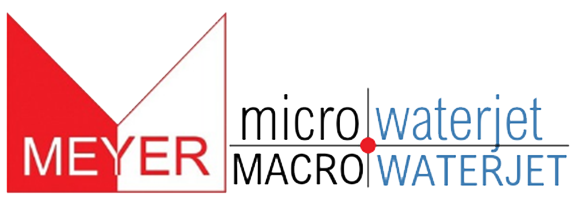Concerned About The Heat Affected Zone (HAZ) on Thermal Cutting Processes?
Micro Waterjet
Get Your Custom Solution
"*" indicates required fields
Thermal cutting methods induce heat affected zones that can negatively impact your final product. Read more to learn how our Microwaterjet® process avoids affected zones and minimizes any material composition changes.
What are Heat Affected Zones?
The heat affected zone occurs when a thermal process used for cutting affects the material cut surface or molecular structure. With conventional cutting methods, such as laser cutting and wire EDM cutting, heat affected zones are normally inevitable.
What are the Effects of HAZ’s?
Heat affected zones often have detrimental effects on your product including the following:
- Changing the molecular composition of the original material
- Creating stress along the perimeter of your part
- Decreasing your material’s tensile strength
These effects prolong your production process by adding extra time to fix them, if the damage is repairable.
How Do Conventional Cutting Methods Result In HAZ’s?
Laser cutting involves high frequency laser beams that use extreme temperatures to remove material. Laser cutting creates a heat affected zone that requires extensive post-processing that is costly and time consuming.
Wire EDM Cutting utilizes electrical sparks for the wire to erode material. This results in a HAZ in the form of a recast layer.
How Does The Microwaterjet® Process Avoid HAZ’s?
Our Microwaterjet® process avoids HAZ’s by using a mechanical, “cold” cutting process. Using abrasive particles accelerated through water instead of heat preserves your product while providing you with the precise results needed for your project.
Ready for a Cooler Solution?
At Meyer Tool Huntersville, we know how HAZ’s complicate your production process and stop you from meeting your deadlines. Contact us today to learn how our Microwaterjet® process can provide a solution for your cutting needs.
